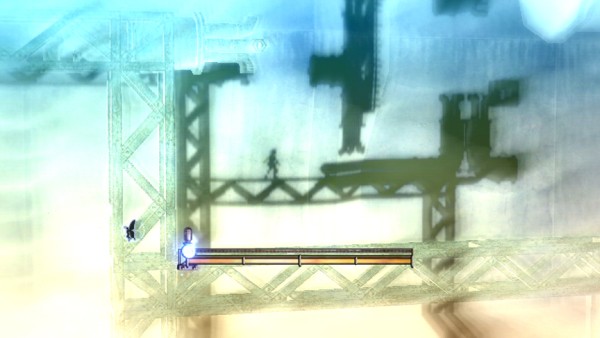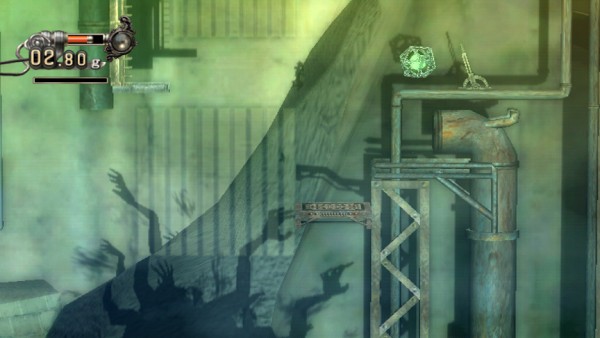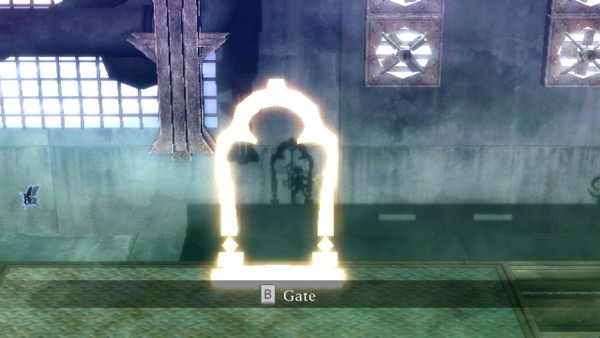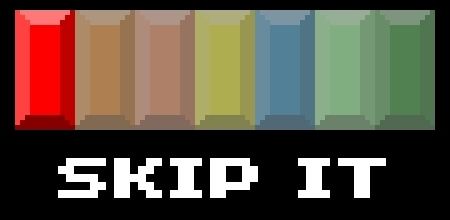
Lost In Shadow was released last week by Hudson Entertainment to a lousy critical reception. My initial reaction was surprise – I’d played a few hours of the game and so far, I really loved it. But as I continued on, I started to see many of the problems mentioned by other reviewers, and even found a few reasons of my own to be frustrated by the unnecessarily prolonged experience that is Lost In Shadow.
Platform: Wii
Publisher: Hudson Entertainment
Developer: Hudson Soft
Genre: Non-Corporeal Puzzle Platformer
Release Date: January 4, 2011
ESRB Rating: Everyone 10+
Lost In Shadow’s main concept is not one that is necessarily unique or original, but the delivery of it is. You play as the shadow of a boy – a boy being held captive at the top of a high tower. His shadow is sliced from him and thrown from the tower. He then fights his way up the tower, battling monsters, solving puzzles, and doing a lot of sometimes brain-teasing platforming, all in the name of reuniting with his body. Throughout the tower are scattered memories, describing the plight and delivering some missing parts of the story. The memories serve to increase your weight, which is how your health meter is measured. You also collect experience and level up as you defeat monsters, which helps you dispenses with them more quickly.
The simple yet elegant story was charming at first. You’re joined by a fairy named Spangle who can interact with certain objects in the foreground. By using her to investigate those items, you can then move them, manipulating the shadows to create new platforms and open up paths. The game is a 2D sidescroller until you find an item that allows you to interact with doors that are dispersed around the tower. These doors are portals into the real world. The shadow takes on a body of light and can then walk around in the third dimension, which effectively opens up the game in a way that can be so mind-bending it’s nearly disorienting.
To pass most levels, you must collect three hidden monitor eyes. Some are easy to find, while others involve solving complicated puzzles that span the worlds of shadow and light to uncover and retrieve. Once all three are collected, you can then dissipate the shadow wall and move to the next level. There are also shadow corridors, dangerous hallways that involve even more complicated puzzle solving techniques. More than a few of these corridors – as well as levels in the end of the game – involve sections that must be rotated in order to progress. Rotate the level the wrong way and you’ll be killed by a wall or another obstacle (interacting with buzzsaws generally ends in discomfort).

Initially, a rusty sword is used to kill monsters. Other, more powerful swords are unlocked later. The combat system is simplistic – you can only swing three times in a row, so any monster that requires more than three hits will take a swipe at you as soon as you put your guard down. Jumping back or pulling back with the analog stick at just the right moment will usually protect you, but it takes a precision that harkens back to the 8-bit days of less forgiving controls and monsters.
All of these elements together make for a game that is decent and fun, a game that brought me back to my NES days of playing Zelda II, and had me eager to see the rest of the story. But as I progressed, my frustration level grew. The story doesn’t advance so much as it gives you breadcrumbs here and there, emaciated cut scenes that do little more than give a vague and half-hearted attempt at stringing a story together. A story in a game should be something that could stand on its own, something beautiful and independent, not something that is tacked on in order to chain together a series of levels. Without an explanation, or a promise of one, I found myself less and less interested in seeing the ending and more and more interested in simply finishing the game.
And that’s where I have no choice but to use the phrase again, for the entire ending of the game felt tacked on. The rise to the top of the tower is a long journey, and just as I thought I was at the very end of the game, I was served with what felt like a meaningless and tedious assignment. This required me to go back into levels I’d already beaten to try to find items that I didn’t have access to previously (the item that unlocks the gates to the world of light is found near the top of the tower).

Returning back to previous levels in games is a common thing, I know. But returning back to previous levels and trying to play them backwards can be disorienting, confusing, and frustrating. Puzzles I’d solved hours earlier were now half solved coming from the other direction, and I found myself walking around the same sections of the same levels over and over again, trying to find my way back down. It was difficult to maneuver backwards because without markers, without the forward momentum of the monitor eyes, I felt listless and confused, unable to decide which direction to take. The levels became confusing shells, trapping me as I wandered, trying to find the exit to the floors below.
I finished what the game asked of me, thinking that now, here I was, at the end of the game. I was surprised and deflated to find I had another ten floors to play, each one more deadly and complicated than the last. At the end of that, I didn’t get my hopes up, so when yet another section of game opened up – culminating in an ending that made little sense and was undermined but what had already transpired at the end of the previous section – I was unsurprised. I slogged through the ending, watched the credits, and was both unmoved and unimpressed by the final cutscene.
Disappointment plagued me for the last six hours of a 16 hour game. I confess to suffering from endgame syndrome on previous occasions, but typically with games that were 25-hour-long RPGs. The empty repetition, the needlessly tacked on levels, and the lack of a coherent story made Lost In Shadow nearly unplayable. It felt like – and I do not say this to be ironic – the shadow of a game.
The game does have some positive aspects to it, though. The graphics are stunning, and the way the shadow of the boy travels on the background of each level can be breathtaking. The developers outdid themselves with their dedication to how accurately portrayed the shadows are. The music, too, is haunting – at times barely discernible, simultaneously echoing and absorbing the game’s profound loneliness. But unlike games like Ico, in which loneliness and vastness of space are successfully achieved, Lost In Shadow has failed to provide a convincing atmosphere.
Lost In Shadow is a game with much potential, but it is stopped short by its shallowness. Without a story, even solid gameplay and amazing graphics can’t give it the depth it needs to be a success. Despite my harsh criticism, I’m glad I finally got to play it – but I wish it had been able to give me more than an urge to chuck my nunchuk. Those out there who are nostalgic for a game with a high difficulty setting and precision timing for platforming and fighting monsters, who also have 12-16 hours and own a Wii, should consider getting it, or at least renting it. Casual gamers and those faint of heart should not.

Review Disclosure: A retail copy of Lost In Shadow was purchased by Warp Zoned for the purposes of this review.







